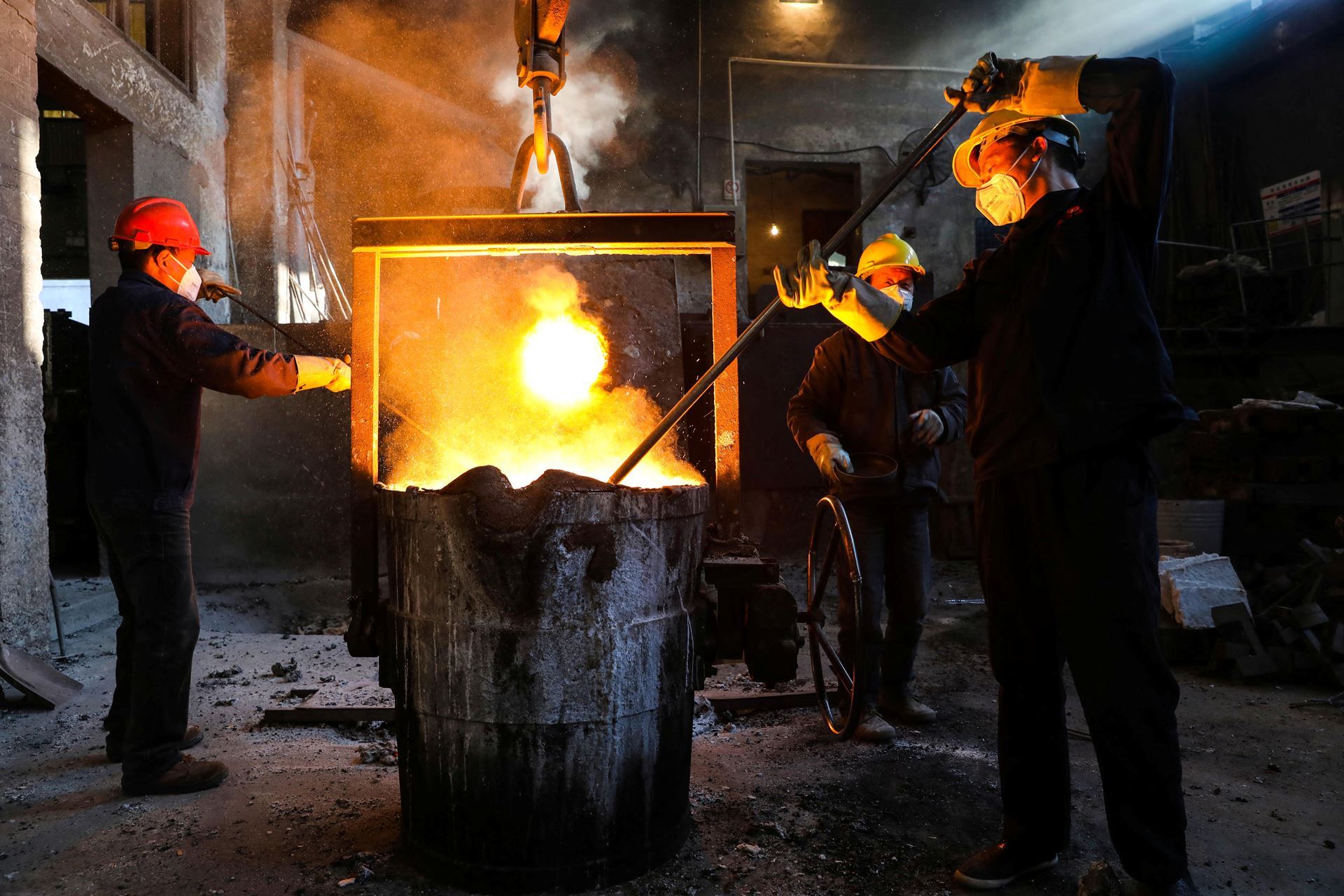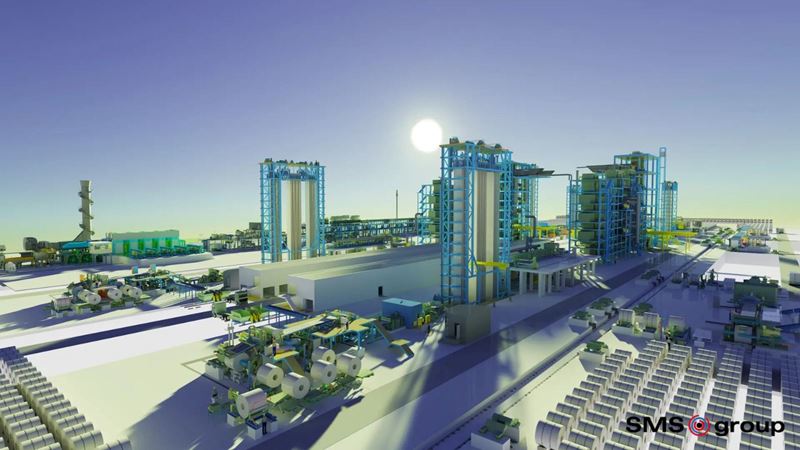India’s steel sector is entering a significant phase thanks to strong demand from the automotive, real estate, and infrastructure industries. Annual steel production capacity is expected to increase by 20 million tons between FY2024-25 and FY2026-27. While steel consumption is expected to grow by 8% annually in the medium term, the sector's future offers a positive outlook despite increasing import pressures, margin constraints, and environmental regulations.
India’s crude steel production, which was 109.1 million tons in 2019-20, reached 144.3 million tons in 2023-24, achieving a compound annual growth rate (CAGR) of 7.2%. During the same period, production capacity increased from 142.3 million tons per annum (MTPA) to 179.5 MTPA. Per capita steel consumption has also increased from 59 kilograms in 2013-14 to 119 kilograms in 2022-23.
Rising imports and pressure on local manufacturers
Steel imports in India have been on the rise in recent years, posing a serious challenge to domestic manufacturers. In the first half of the FY2024-25 (April-September), steel imports increased by 41% compared to the previous year to 5.7 million tons. This is the highest level in the last seven years. China continues to be India’s largest supplier of steel, with 62% of imports coming from countries with which it has Free Trade Agreements.
Steel stocks in the country have also nearly doubled, rising from the usual 15-16 days to 30 days. This highlights the growing impact of international competition on domestic manufacturers. In addition, dumping in global markets has put downward pressure on steel prices, adversely affecting the profitability of domestic manufacturers. The Indian government has also imposed tariffs on certain steel imports to protect domestic industries.
2030 target and necessary investments
India aims to reach 300 million tons of steel production per year by 2030. However, this ambitious target requires an investment of around USD 120 billion. If the necessary investments are not made, increasing domestic demand could turn India into a net steel importer and increase pressure on domestic producers.
As India’s steel sector strives to increase its competitiveness in the global arena with strong demand and growth potential, necessary steps continue to be taken to overcome the challenges faced by the sector.









Comments
No comment yet.